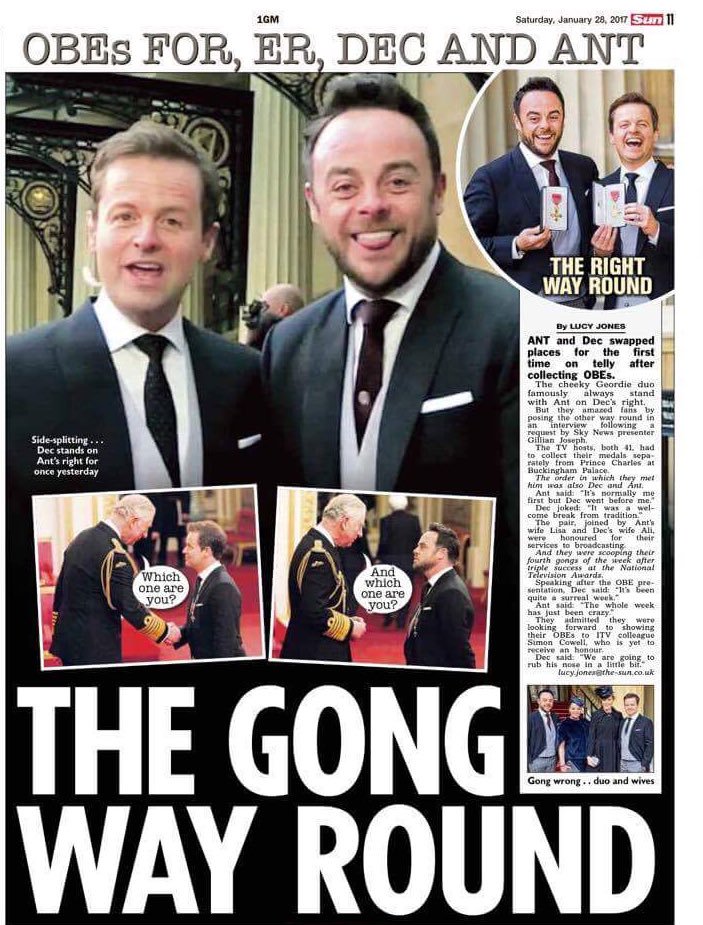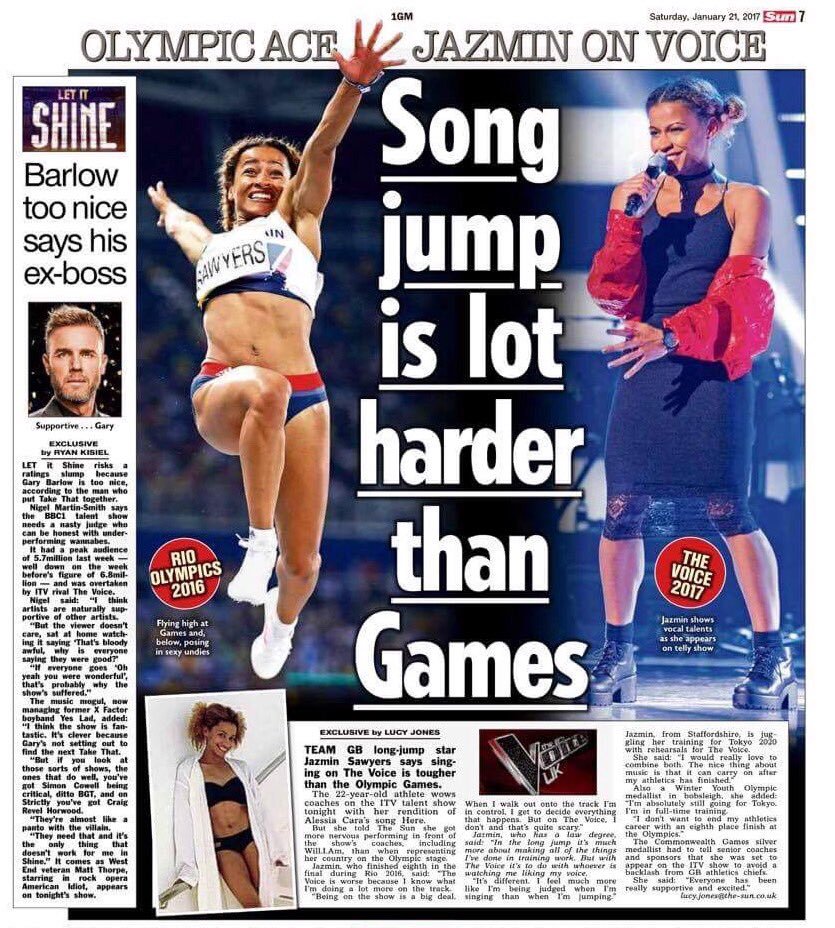Headlines help chronicle our era and shape our memory. A reporter may tell the story, but a sub-editor has to encapsulate it in just a few words with linguistic dexterity, impact and often a little humour.

You may have written the best story since the printing press was invented, but without an attention-grabbing headline the reader will be on to the next page without even registering your intro.
But subbing is about more than just coining snappy headlines – it’s about tweaking and polishing your colleagues’ well-researched stories.

You are, in effect, the reader, seeing copy through your eyes and continually asking: Does it make sense? Does it read well? Is it libellous?
On the optional sub-editing module, you’ll also learn how to design pages using QuarkXPress, produce your own coursework page and hone those layout skills on patch pages with your peers.
Traditionally sub-editors begin as reporters but increasingly sub-editing traineeships are on offer – while reporters with subbing skills are a godsend.

You will also learn about writing headlines for the web. Clever puns and a good shape are not quite so important here – it’s more about key words and SEO (that’s search engine optimisation – the ability to get your story to the top of a reader’s search list).
It’s a changing world, where aspiring reporters may now be asked to write directly into a space on a page, but it’s one where the old virtues of accuracy and fairness still dominate.
Versatility is everything and you’re more likely to land that dream first job if you’ve got a range of skills – and a certificate to prove it.
A sub-editor may be the one that stops a clanger getting into the paper, but the reporter who thinks like a sub and checks, checks and checks again is the reporter who will never cause their editor to run an apology.


